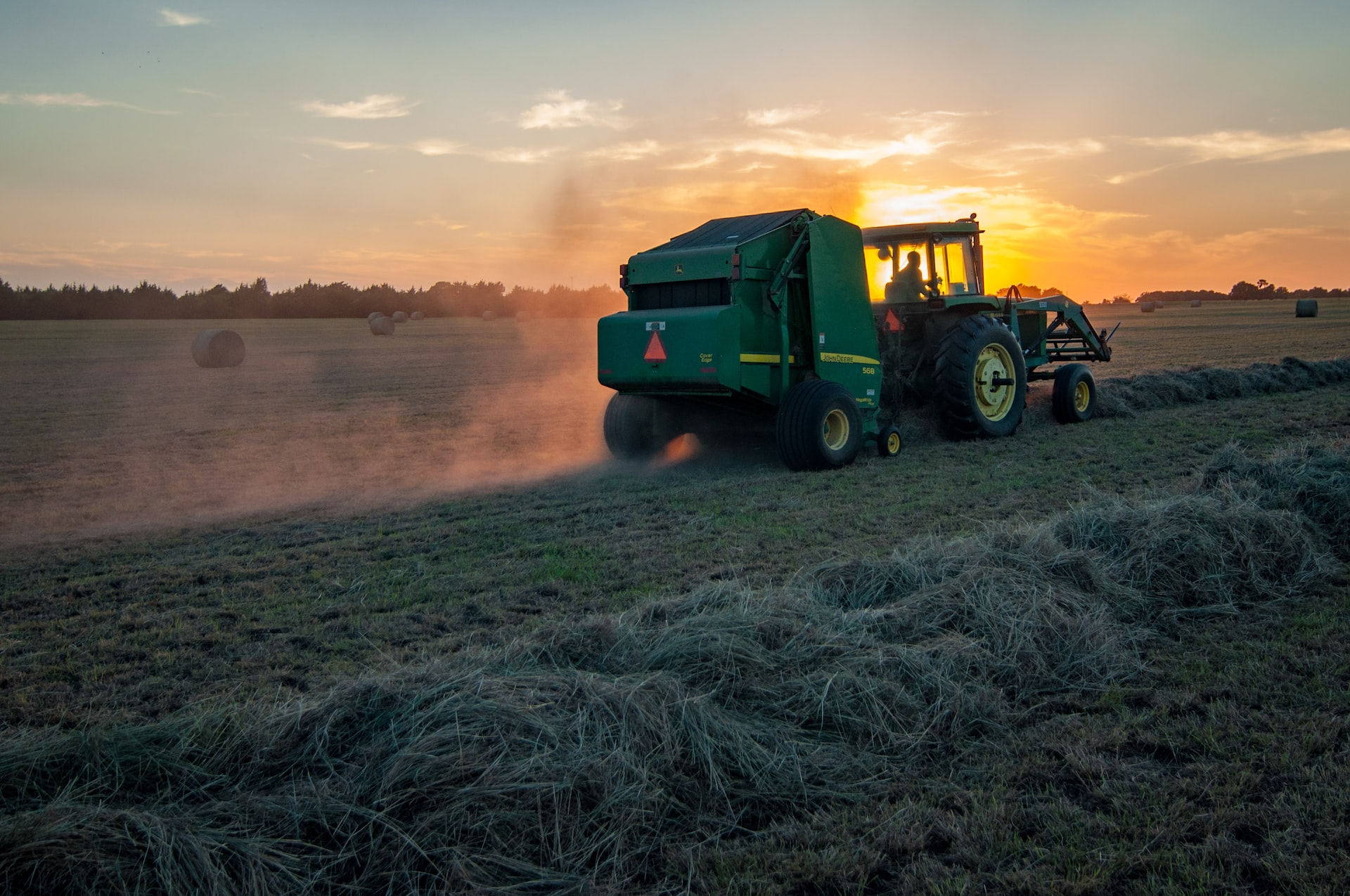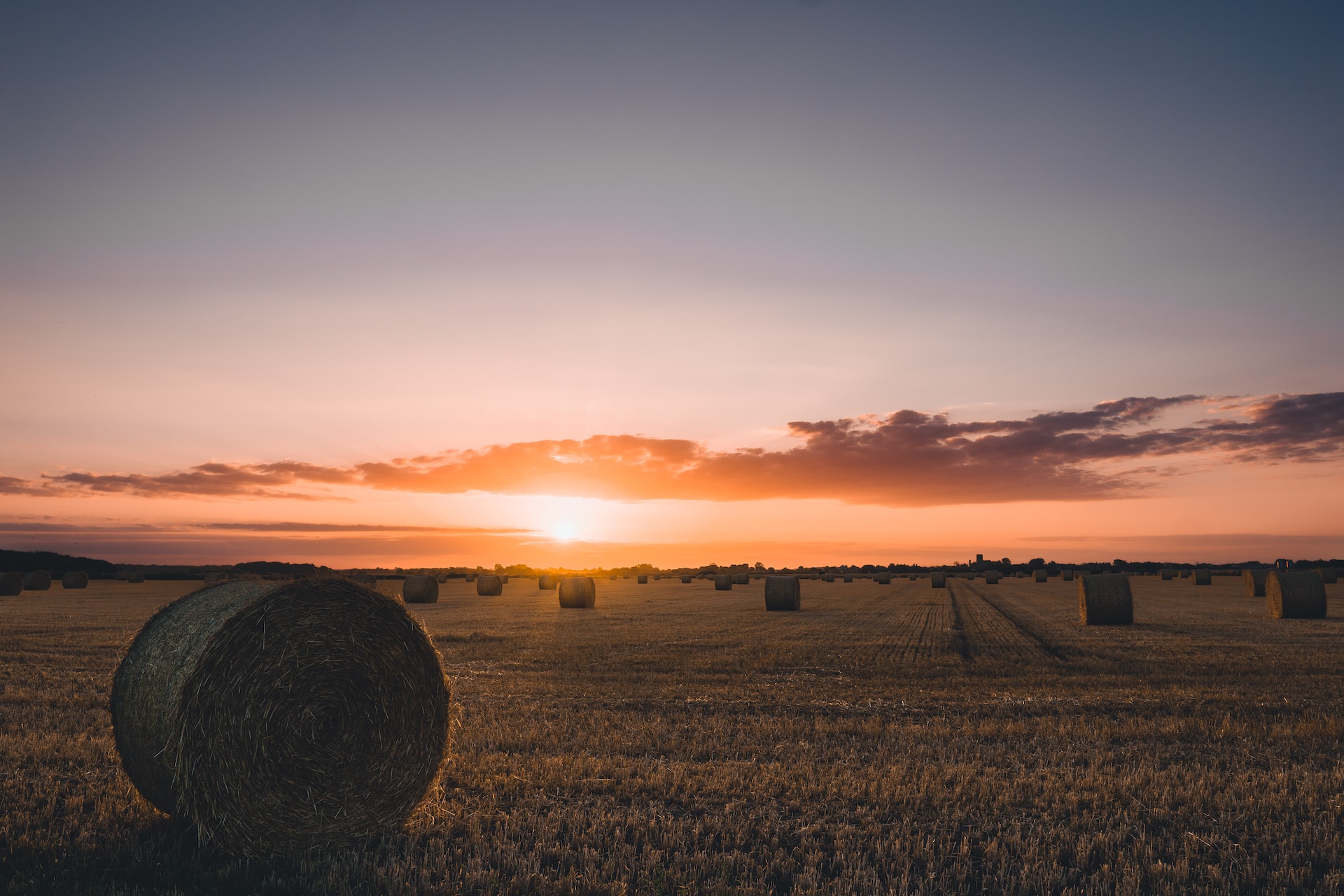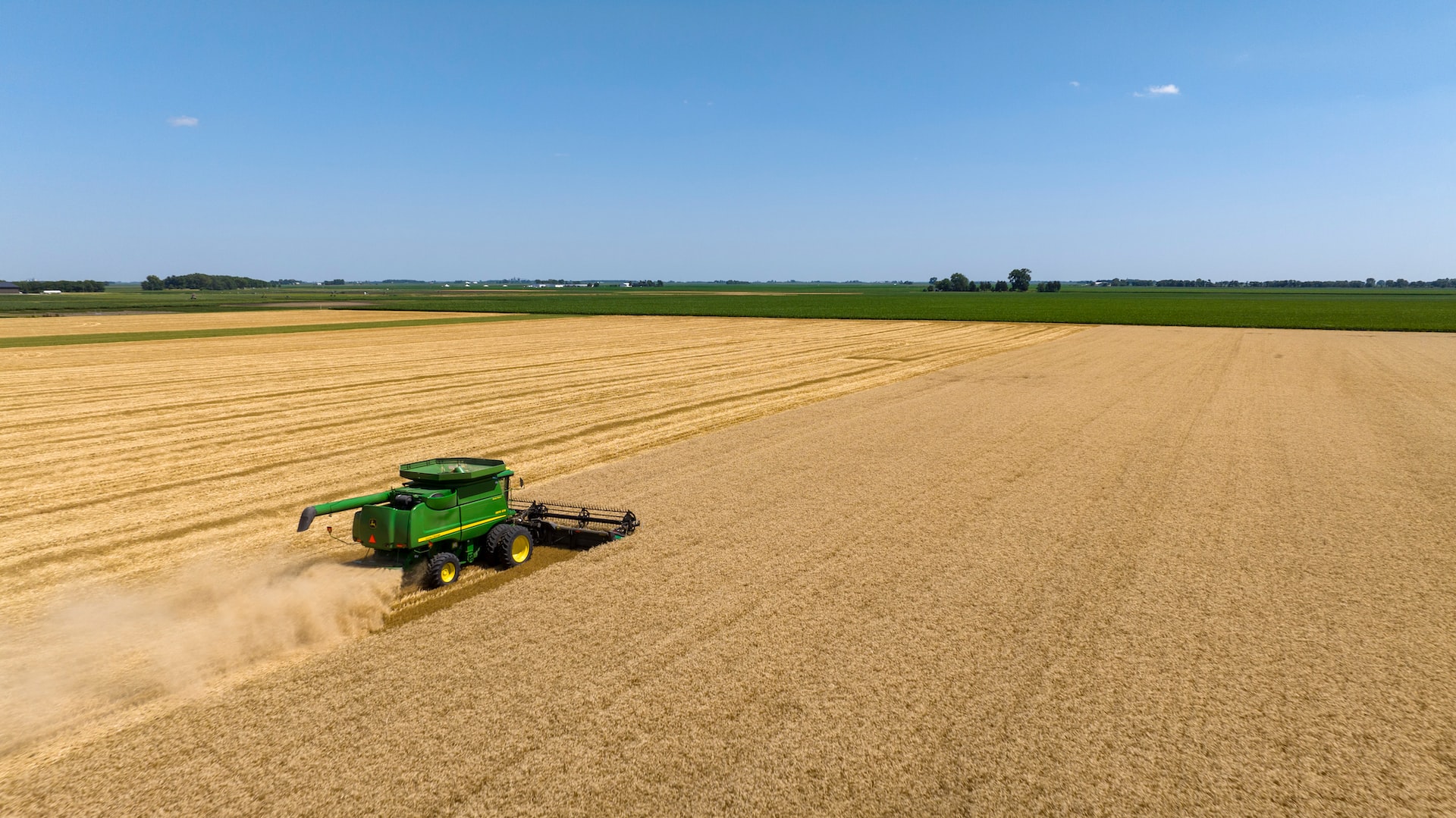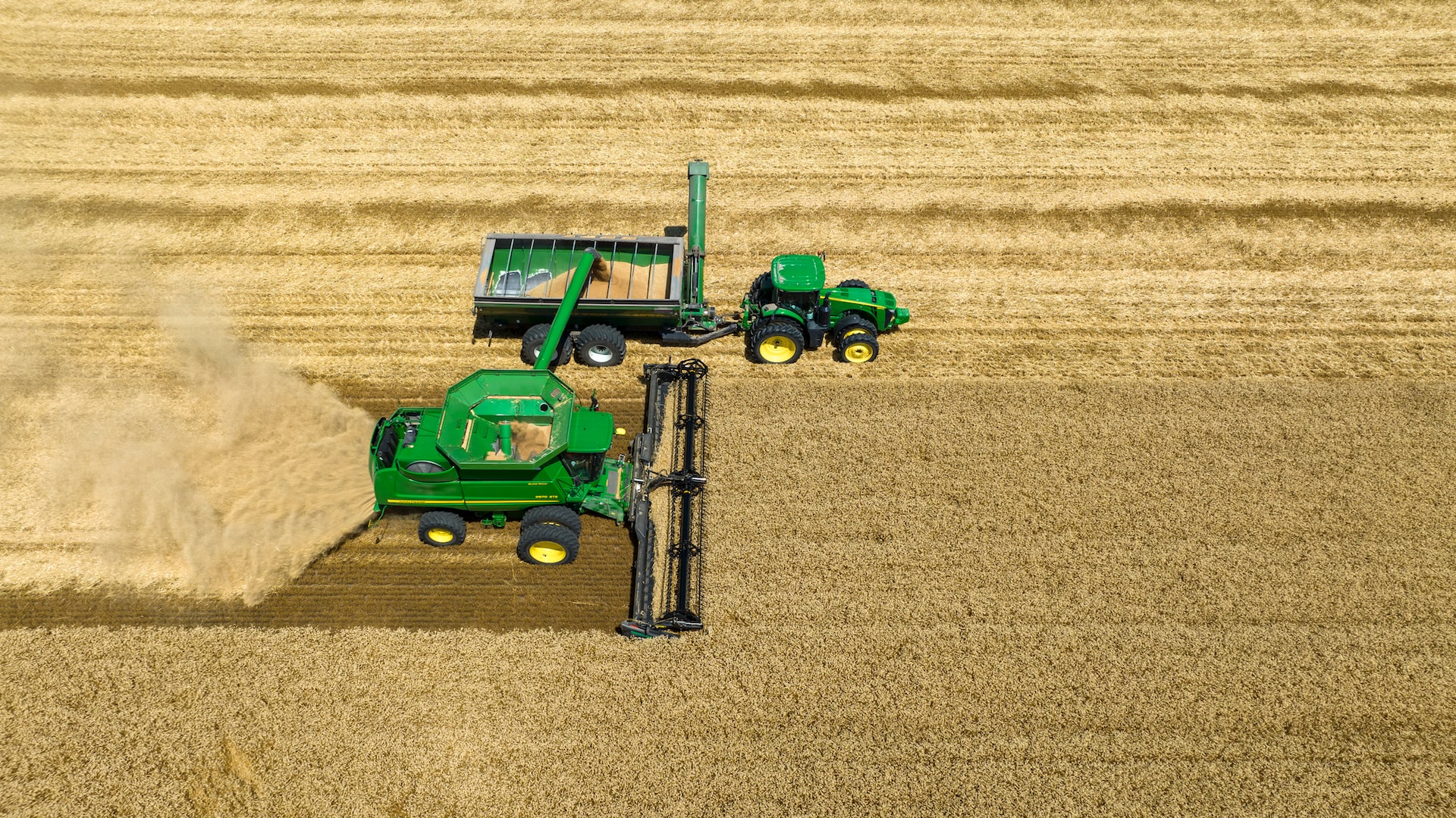Action packed end to season
By Tyson Hosie
8th February, 2023
The headers’ been blown down and is back in the shed, the farm manager is still up the coast, the kids are back at school and that post-harvest lull is here… Ha!
We’ve blinked and missed January, reinforcing the fact that there’s rarely a dull moment in Australian ag, and the 2022/23 season still has more than a few twists left in it.
The weather affected East Coast has simply “rolled-on” since late September, with growers managing to shoehorn a winter crop harvest, its’ subsequent marketing and logistics, as well as planting a summer crop into the same three-to-four-month period.
And whilst the Aussie grower has admirably taken all this in their stride, there’s no doubt that the looming summer crop harvest will only exacerbate the already tight freight and labour conditions around the industry, as we continue to execute winter crop marketing and logistics programs.
Recent wet weather forecasts have unfortunately waned, which is both a help and hinderance for summer programs. Sorghum producers through Southern Queensland and Northern New South Wales, whose crops that had recently been desiccated and slated for harvest through last-half January/first-half February, have quietly welcomed the drier forecast, as the scars from the last few wet harvests are yet to fade for many.
The vast majority, however, would have welcomed the Bureau’s recent intimations, as those mid-to-late crops, planted through November to late January, are struggling with the hot and dry conditions of late, and need a reprieve soon to hold onto remaining potential.
The container market is lapping up the early sorghum supply, however, there is an expectation that we will soon see some congestion into these facilities, given the handsome on-farm returns on offer into the “packers” will invariably be placing pressure on their finite storage capacity, especially as we see harvest gain momentum through the second half of February.
Adding to this expectation, is the current plot twist of sorghum currently trading at a $15-$20/mt premium to feed wheat and a $5-$10/mt premium to barley, putting it at a distant third on the domestic consumers’ shopping list. Unless the box market can keep up with the expected pace of harvest and make storage available, tonnes will need to make their way into the nearby bulk handling depots. This is further reinforced by the sentiment coming from the domestic consumer, who suggests they are comfortable out to the end of March, which will see only steady movement of on-farm wheat and barley stocks and place a premium on-farm storage over the next six-to-eight weeks.
Be reminded, that sorghum has only finite domestic consumptive demand at these prices, so the time-honoured tradition of “moving the wheat and barley, so we can store the sorghum” may need to be reviewed this time around, given that sorghum will need to work hard to make its way back into local rations.
Here’s hoping that recent geopolitical efforts with our neighbours can continue bolster our export opportunities, as we have proven that we aren’t scared of taking a little more into our stride!
Harvest Wrap up

The last tail wags of harvest is finally wrapping up, with only tidy up jobs left in parts of Victoria and South Australia.
Read MoreMultiple bearish inputs but El Nino the sleeping giant

As we march towards the end of the first month of 2023, the grain marketing outlook for the new year appears to be paved with plenty of negative inputs.
Read MoreHarvest ends, markets converge

Harvest is slowly coming to an end much to the delight of everyone involved ...
Read MoreBring on 2023

Whilst there are still some battling through the final stages of harvest, most New South Wales grain growers managed to finish and park the headers in time for New Year's Eve.
Read MoreHarvest Update

Feels like this has been communicated quite often lately however yet again harvest is proving to be more challenging and stressful than the last with...
Read MoreWhy is wheat feeling the heat?

Given the challenges faced by farmers throughout this growing season, the recent decline in grain values is...
Read More